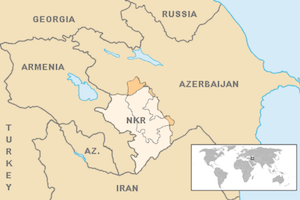Armenia and Azerbaijan: The Distant Perspective of Peace, Cooperation and Narratives of Trust
By Intigam Mamedov
March 21, 2024
On February 13, 2024, a new border skirmish took place between Armenia and Azerbaijan, months after Baku regained its territories in Nagorno-Karabakh. While the sides accuse each other of provocations, such incidents could also lead to larger clashes. While a peace deal is needed in order to put an end to the decades-long conflict, reaching an agreement will take time. Meanwhile, to encourage it, both states should now focus on trust-building initiatives, particularly in the humanitarian, economic, and environmental areas. Such short-term initiatives have the potential to assist and stimulate the evolution of new narratives on peaceful coexistence – a challenging but vital task for current and future generations.
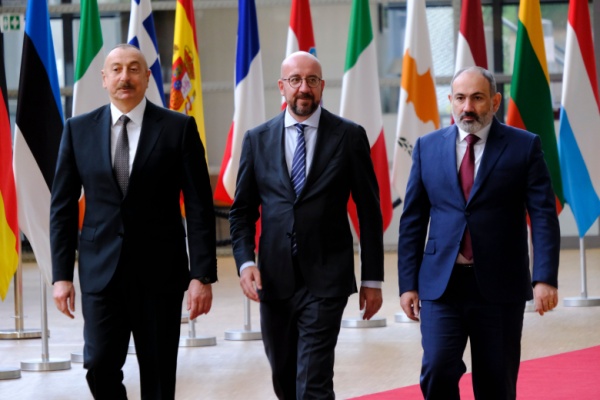
Is it America’s Hour in the Caucasus?
By Stephen Blank
July 10, 2023
On May 4 Secretary of State Blinken announced that the negotiations between Armenia and Azerbaijan had made progress and that an agreement that would terminate the thirty-year war over Nagorno-Karabakh was “within reach.” While much more negotiation is obviously necessary and will be difficult, this announcement, if true, is an epochal one whose ramifications spread from Europe to the Middle East and Central Asia. It also reflects the fact that security in the Caucasus cannot be considered separately from a discussion of international order in those three regions. If Washington can broker or mediate an end to this war it, with the support of the EU whose prior initiative has been the basis for its approach, will become the primary foreign power and even possibly security manager in the Caucasus.
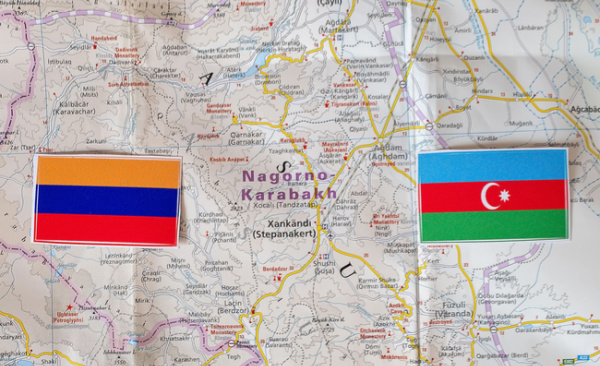
Russia Pressures Armenia to Join a Revamped Union State
By Stephen Blank
February 7, 2023
At the end of 2022 Armen Grigoryan, Secretary of Armenia’s Security Council, announced on television that Armenia is under strong pressure, presumably from Moscow, to join the union state of Russia and Belarus and open an “extraterritorial (trade) corridor” to Azerbaijan’s Nakhichevan province through its own Syunik province. While Armenia’s acute security predicament provides an opportunity for this Russian move, the question is why Moscow has chosen this particular timing and what it portends for the future of the Caucasus.
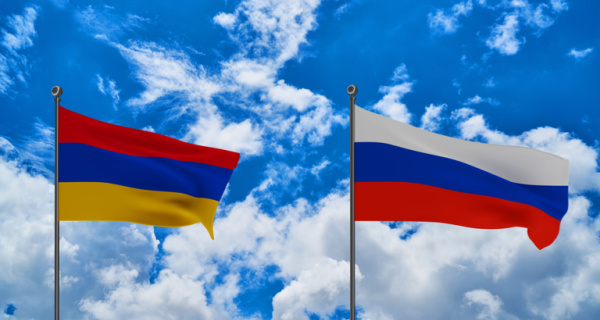
Azerbaijan and Russia's Invasion of Ukraine
By Natalia Konarzewska
April 6, 2022
Like several other countries, Azerbaijan seeks to retain functioning relations with both Russia and Ukraine amid Russia’s invasion. Baku provides Ukraine with humanitarian aid yet avoids actions directly opposing Moscow for fear of retaliation. Baku’s position reflects its interest in maintaining Russia’s acceptance of Azerbaijan’s multi-vector foreign policy and in gaining Moscow’s support for its objectives in Nagorno-Karabakh. Moreover, the recent surge of violence in Nagorno-Karabakh suggests that Baku is taking advantage of the opportunity arising as Western and Russian attention is directed elsewhere to improve its own position vis-à-vis the separatist region.
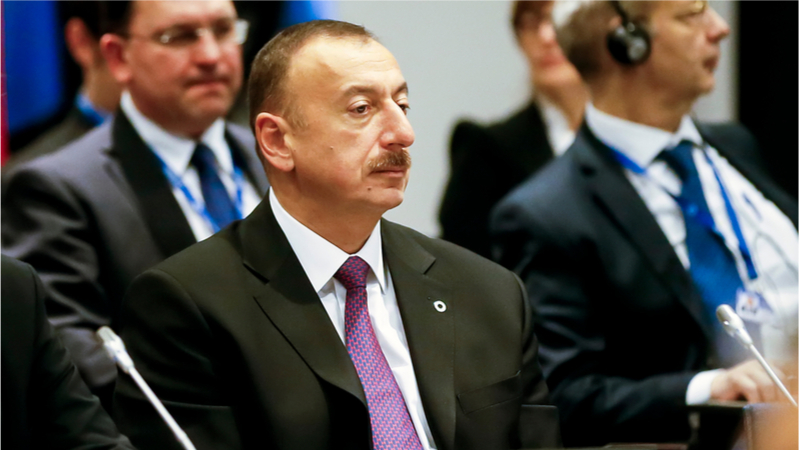
Azerbaijan and Armenia Eager to Revive Nagorno-Karabakh Peace Talks
By Emil A. Souleimanov and Huseyn Aliyev
January 23, 2019, the CACI Analyst
Recent weeks have seen an unprecedented series of high-level meetings of Armenian and Azerbaijani representatives on Nagorno-Karabakh, Azerbaijan’s breakaway territory closely linked since the early 1990s to Armenia. Whereas many analysts considered resumed peace talks unlikely after the April 2016 fighting, Armenia’s Velvet Revolution and the replacement of the country’s war-hardened Karabakh elite with a forward-looking and liberal government has provided new stimulus in this regard. As Azerbaijani officials perceive the recent power shift in Armenia as a window of opportunity to advance a peaceful solution to the long-standing conflict, optimism regarding the prospect of a deal appears higher than in many years.
